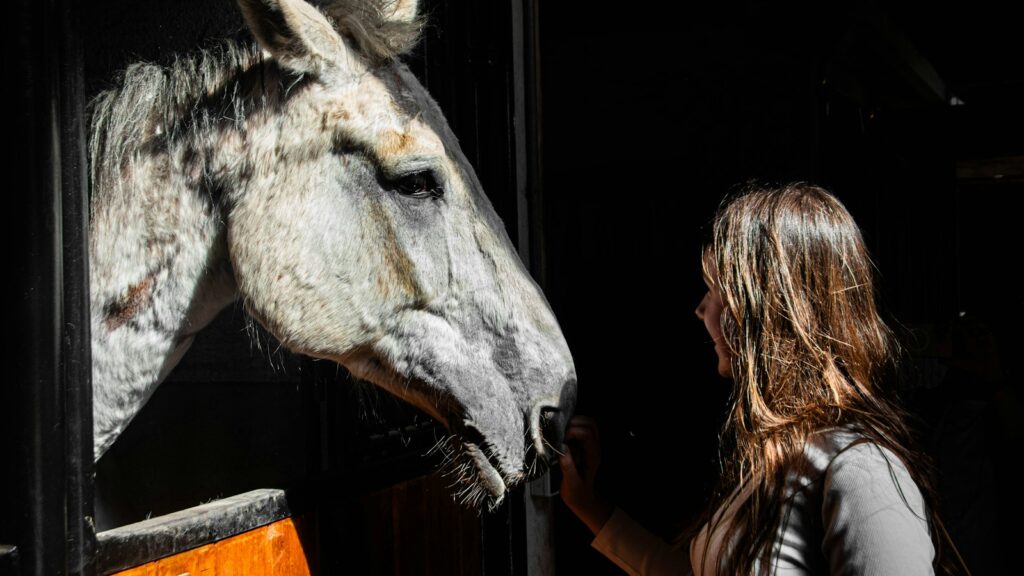Horses, like humans, can feel anxious about medical procedures. Even the calmest, most well-mannered equine may become stressed or fearful when faced with veterinary examinations, vaccinations, or treatments. This natural response can make routine healthcare challenging and potentially dangerous for everyone involved – the horse, the handler, and the veterinarian. Training your horse to accept veterinary handling is not merely a convenience; it’s an essential aspect of responsible horse ownership that ensures your equine companion receives proper medical care throughout its life. By implementing systematic desensitization techniques and creating positive associations with handling procedures, you can transform potentially stressful veterinary visits into manageable, even routine experiences for your horse.
Understanding Your Horse’s Perspective
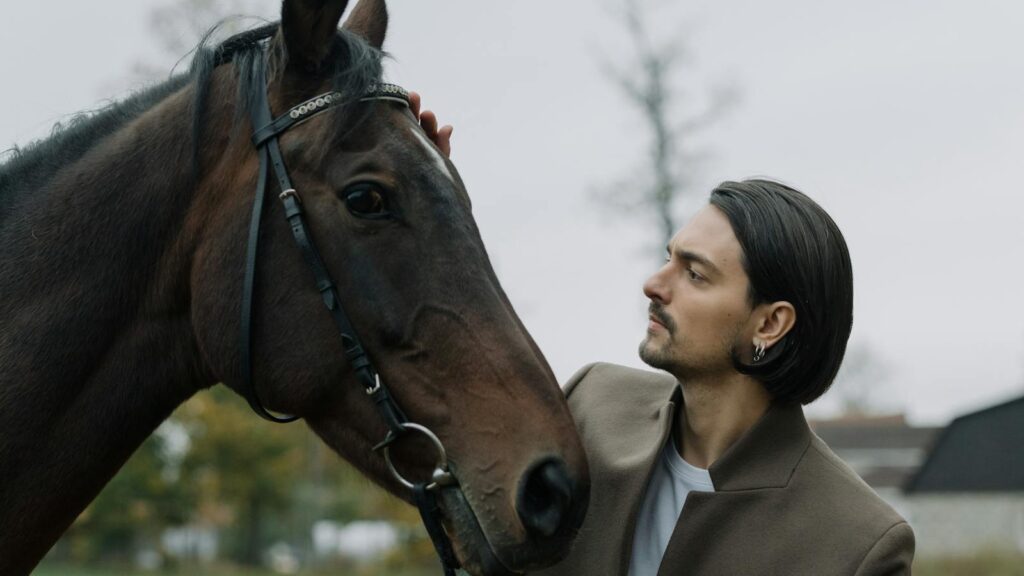
Horses are prey animals with instincts that make them naturally wary of anything unfamiliar or potentially threatening. From your horse’s perspective, a stranger approaching with unusual tools and intentions to touch sensitive areas can trigger the fight-or-flight response. This innate survival mechanism causes increased heart rate, muscle tension, and heightened awareness – all perfectly normal reactions that unfortunately complicate veterinary care. Understanding this evolutionary framework helps explain why even well-trained horses might resist certain handling procedures. Your horse isn’t being “stubborn” or “difficult” – it’s responding to perceived threats in the only way it knows how. Recognizing these natural responses allows you to approach training with empathy and patience, working with your horse’s instincts rather than against them.
Starting with Basic Handling Fundamentals

Before tackling specific veterinary procedures, ensure your horse has mastered fundamental handling skills that form the foundation for more advanced training. Your horse should stand quietly when tied, accept touching on all body parts, and respond reliably to basic cues like “stand” and “head down.” These basics provide the communication framework necessary for more complex handling tasks. Practice daily handling routines that include touching your horse’s ears, mouth, legs, and other sensitive areas while offering praise and rewards. Incorporate leading exercises that require your horse to move forward, stop, and stand still on command, developing the responsiveness needed during veterinary examinations. Remember that consistency is crucial – brief daily practice sessions yield better results than occasional marathon training attempts.
Creating a Comprehensive Training Plan

Successful veterinary handling training requires a structured approach tailored to your individual horse’s temperament and existing experience level. Begin by listing specific procedures your horse needs to accept, such as temperature taking, injections, blood draws, or oral medications. Break each procedure into small, manageable steps that can be practiced independently before combining them into the complete action. For instance, acceptance of vaccinations might begin with simply touching the injection site, then pressing more firmly, introducing the capped needle, and finally simulating the injection motion. Establish clear criteria for success at each stage and only advance when your horse demonstrates relaxation and acceptance. Document your horse’s progress to identify patterns, celebrate improvements, and recognize areas needing additional focus.
Implementing Systematic Desensitization
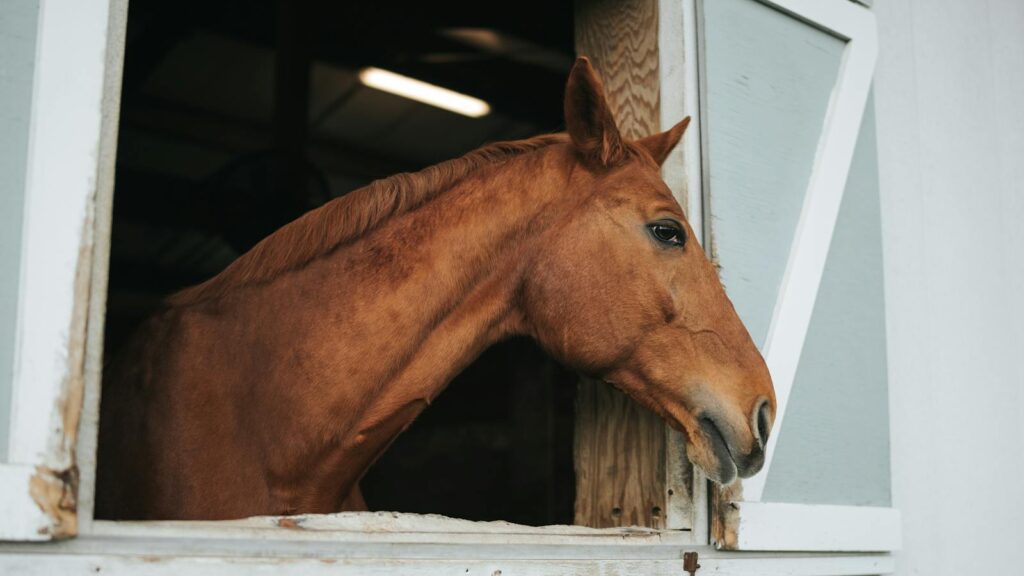
Systematic desensitization involves gradually exposing your horse to potentially frightening stimuli while maintaining a relaxed state. This science-based approach allows horses to learn that veterinary tools and procedures aren’t harmful, reducing their fear response over time. Begin with the least intimidating version of the stimulus – perhaps showing your horse an empty syringe from a distance – and reward calm behavior with treats, praise, or release of pressure. Incrementally increase exposure by bringing the object closer, touching the horse with it, and mimicking the actual procedure, always remaining below the threshold that triggers fear. This methodical approach requires patience but creates lasting results by changing your horse’s emotional response to veterinary handling. Remember that regression is normal in training; if your horse shows signs of stress, simply return to the previous successful step and rebuild confidence.
Using Positive Reinforcement Effectively
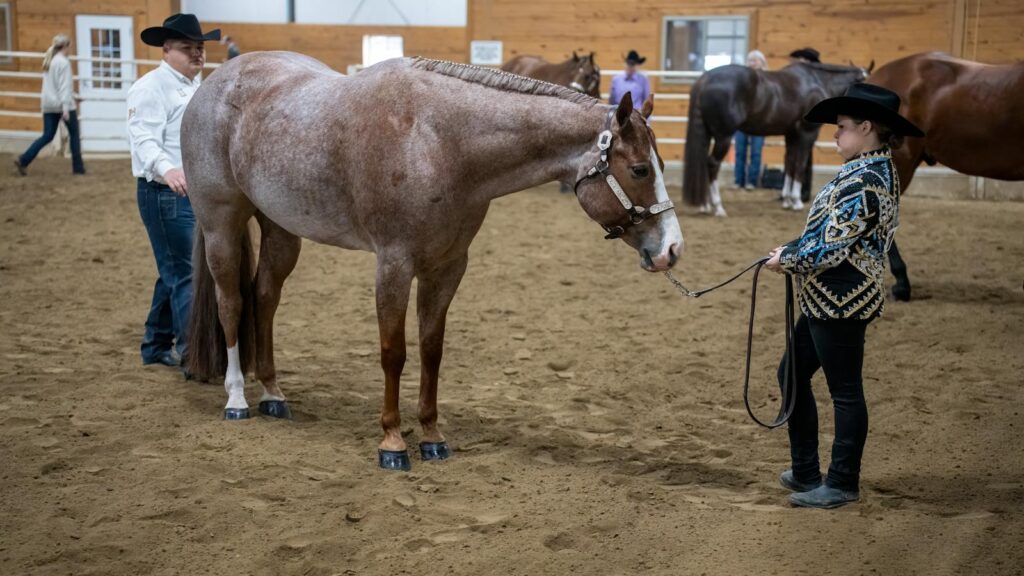
Positive reinforcement creates powerful associations that can transform your horse’s perception of veterinary procedures from threatening to rewarding. When your horse accepts a handling exercise, immediately mark the desired behavior with a consistent signal such as a word (“good”) or clicker, followed by a reward your horse values. Food rewards work exceptionally well for most horses, but scratches, verbal praise, or brief rest periods can also be effective reinforcers depending on your horse’s preferences. Timing is crucial – the reward must come immediately after the desired behavior to create the correct association. For maximum effectiveness, reserve special high-value treats exclusively for veterinary handling training, making these sessions particularly rewarding. This positive approach not only improves cooperation but also strengthens your relationship with your horse, building trust that carries over to actual veterinary visits.
Simulating Veterinary Procedures
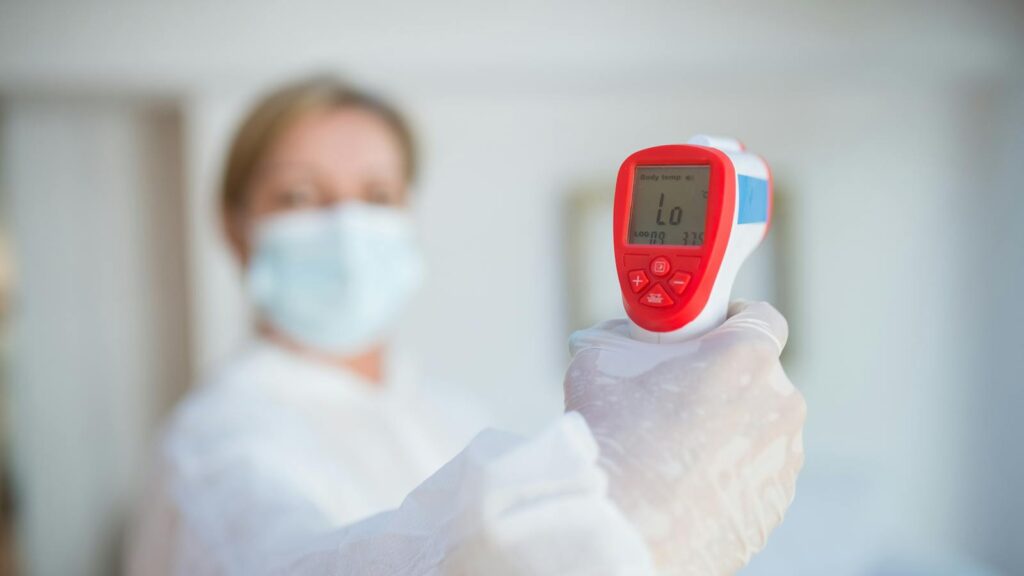
Once your horse accepts basic handling, begin simulating specific veterinary procedures with increasing realism. Practice taking your horse’s temperature using a well-lubricated dummy thermometer before introducing the real instrument. Mimic blood collection by applying pressure to the jugular groove and wiping the area with alcohol swabs. Simulate oral medications using empty syringes filled with something pleasant like applesauce or molasses. Recreate dental examinations by gently manipulating your horse’s lips and tongue while rewarding cooperation. These mock procedures familiarize your horse with the sensations, tools, and positions involved in actual veterinary care. Enlisting friends to play the role of veterinarian adds another layer of realism, helping your horse generalize its training to unfamiliar handlers. Remember to maintain a calm, matter-of-fact demeanor during these simulations – your confidence signals to your horse that these activities are routine and unthreatening.
Addressing Specific Problem Areas
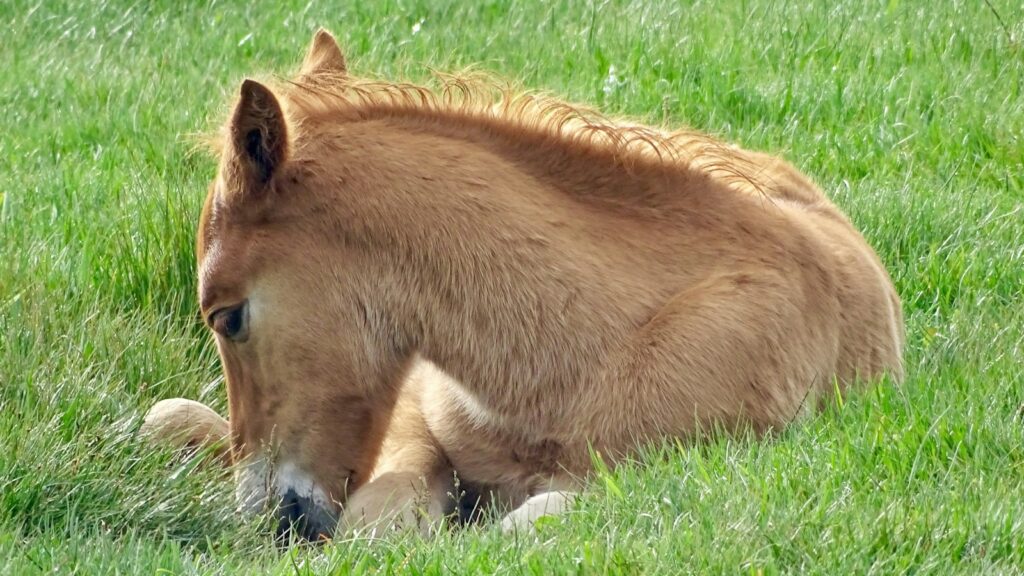
Most horses have particular handling issues that require specialized attention and training approaches. Head-shy horses benefit from gradual desensitization exercises where you slowly work toward touching ears, poll, and face areas while respecting the horse’s tolerance threshold. For horses resistant to injections, try using a toothpick to create mild pressure that mimics needle insertion, rewarding calm acceptance before progressing to blunted needles. Horses that struggle with standing still might need focused work on reinforcing the “stand” command in increasingly distracting environments before adding handling challenges. For extreme needle phobia, consider clicker training where you shape progressively closer approximations of injection acceptance. Identifying and addressing these specific challenges requires objective observation of your horse’s behavior patterns and tailored interventions that target the precise source of resistance.
Training for Oral Medication Administration
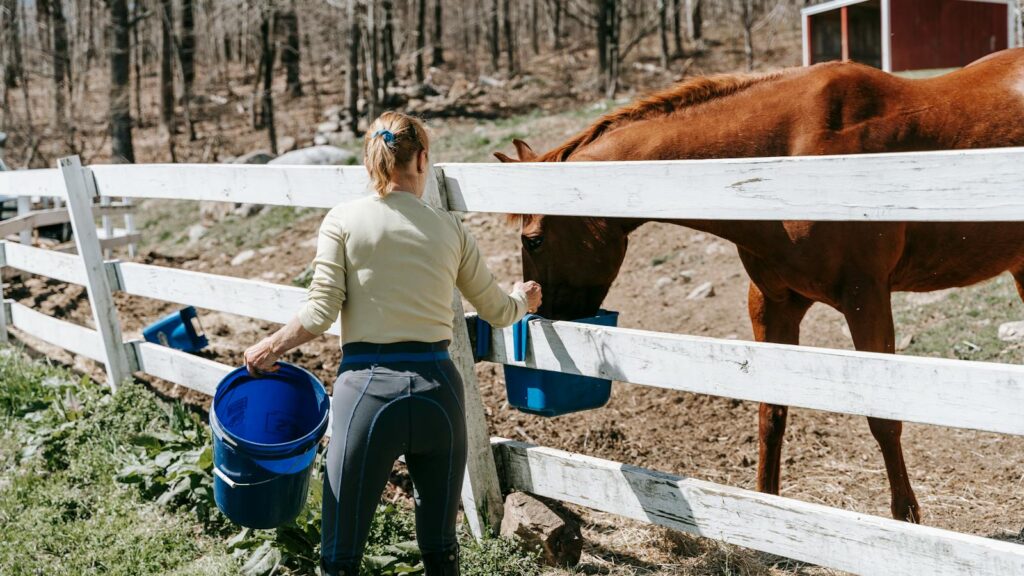
Administering oral medications represents a common challenge that benefits from dedicated training. Begin by teaching your horse to accept an empty syringe placed at the corner of its mouth, gradually working toward placing the syringe further inside along the tongue. Use pleasant-tasting substances like applesauce or molasses during training to create positive associations with the process. Practice with various sizes and types of syringes, paste wormer tubes, and dose syringes to ensure your horse generalizes its acceptance. Some horses benefit from learning to lower their heads on command, making medication administration more convenient and less stressful. For particularly resistant horses, consider training using a combination of target training (teaching the horse to touch an object with its nose) and progressive desensitization to the medication delivery device.
Preparing for Injections and Blood Draws
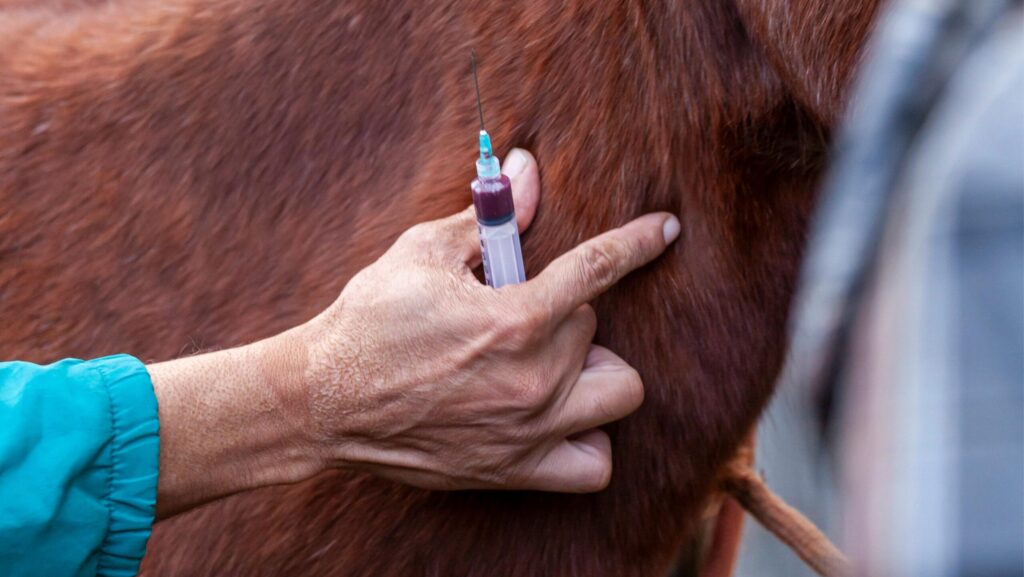
Needle procedures often prove particularly challenging for horses, requiring methodical preparation to ensure safe handling during vaccinations and blood collection. Focus initial training on teaching your horse to stand calmly while you handle the specific body areas where injections commonly occur – the neck, buttocks, and chest. Gradually introduce the sensations associated with injections by firmly pressing your finger against these areas, then progressing to dull objects that mimic needle pressure. Practice wiping the area with alcohol swabs so your horse becomes accustomed to the cold sensation and distinctive smell. For blood draw preparation, regularly practice applying pressure to the jugular groove while holding the head in the proper position. Creating portable training props from household items allows you to simulate these procedures anywhere, transforming mundane moments like feeding time into opportunities for brief training sessions.
Managing the Environment for Success
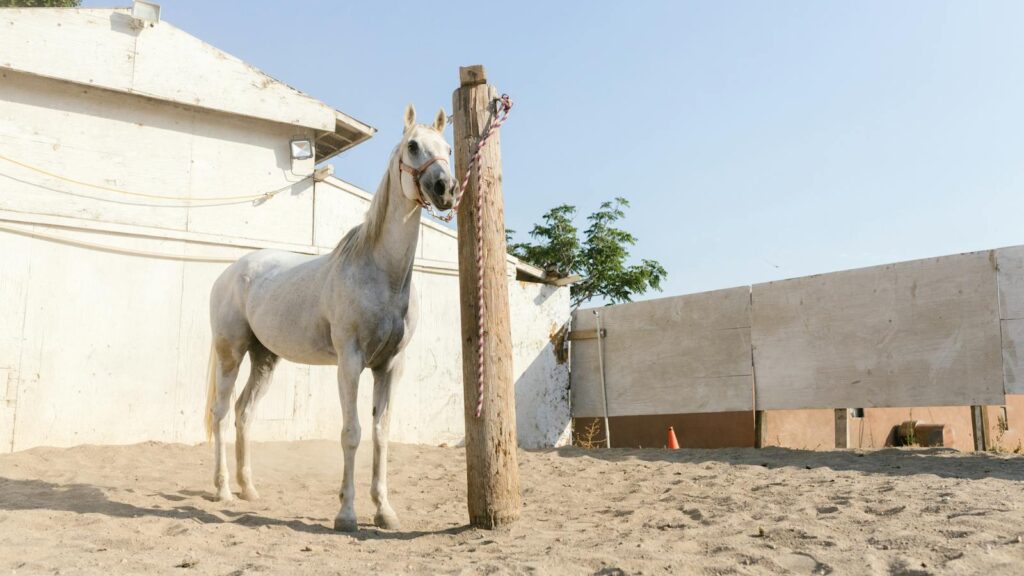
The environment significantly influences your horse’s ability to accept veterinary handling, making thoughtful management essential to training success. Choose quiet, familiar locations for initial training sessions, minimizing distractions that might compete for your horse’s attention or heighten anxiety. Gradually introduce environmental challenges as training progresses – practicing in different locations, with various background noises, or with other horses nearby. Consider using the specific areas where veterinary care typically occurs, such as cross-ties, stocks, or treatment stalls, to help your horse associate these locations with the calm behavior you’re teaching. Some horses benefit from companion animals present during training, while others concentrate better when separated from herdmates. Observe your individual horse’s environmental preferences and adjust accordingly, always setting the stage for success rather than creating unnecessary challenges.
Involving Your Veterinarian in Training
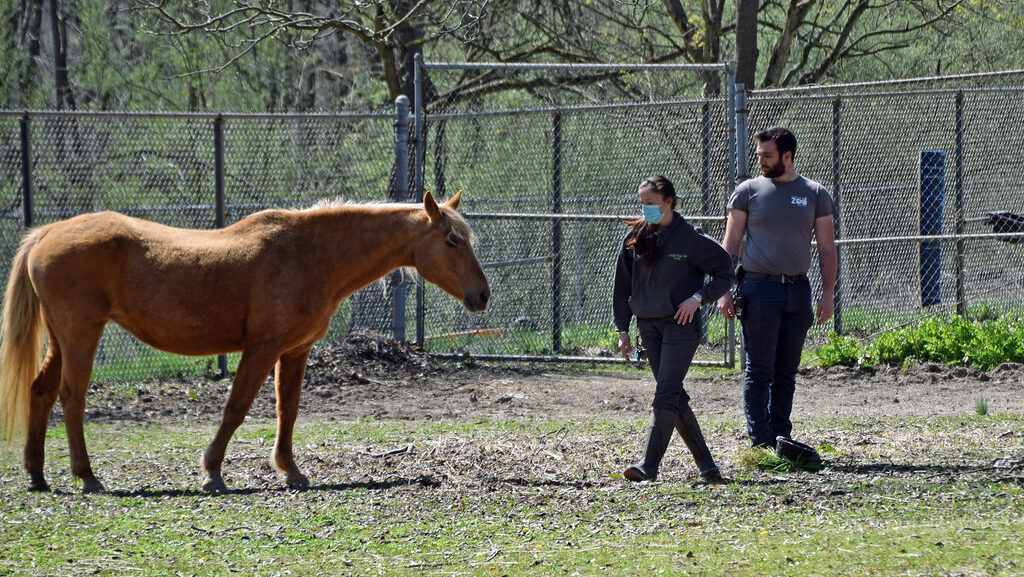
Your veterinarian can become a valuable ally in your handling training program, offering expertise and helping generalize the skills you’ve developed. Discuss your training goals with your vet and ask if they can schedule brief, non-treatment visits where they simply interact positively with your horse. These “social calls” allow your horse to associate the veterinarian with pleasant experiences rather than exclusively with procedures that might be uncomfortable. Many veterinarians gladly provide training tools like spare syringes, empty medicine containers, or even decommissioned medical equipment that you can use for simulation exercises. During actual treatments, request that your veterinarian follow specific handling protocols you’ve established, supporting the consistent approach that facilitates learning. A collaborative relationship with your vet ensures reinforcement of your training efforts and may reveal additional handling techniques specifically suited to your horse’s needs.
Using Sedation Strategically
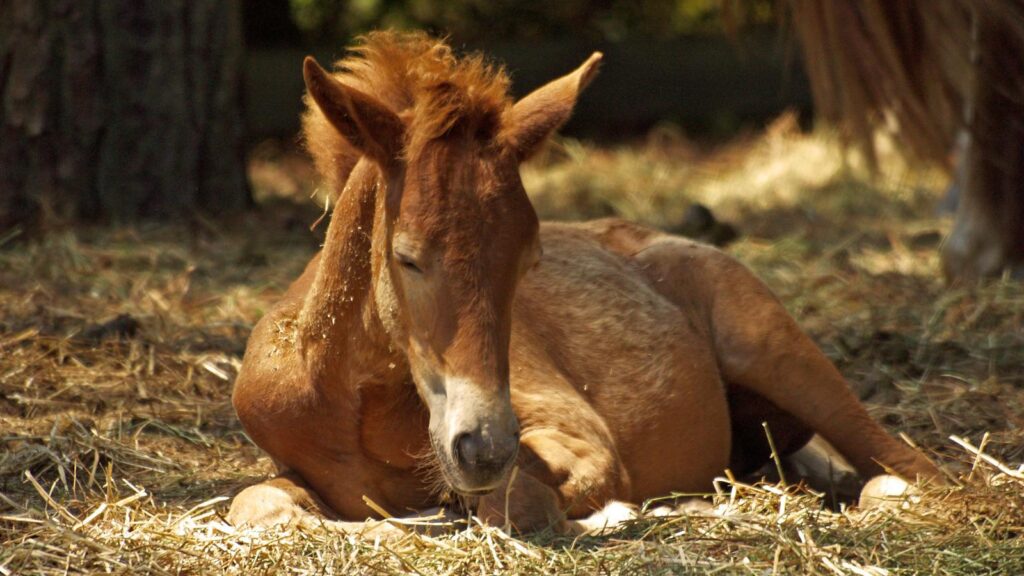
While the goal is handling without chemical assistance, judicious use of sedation can sometimes play a role in a comprehensive training program. For genuinely traumatic procedures or horses with established extreme fear responses, sedation may be necessary to prevent reinforcing dangerous defensive behaviors or creating negative associations. Discuss with your veterinarian the possibility of using minimal sedation that takes the edge off anxiety while still allowing learning to occur. As training progresses, sedation can be gradually reduced during subsequent procedures, transitioning toward handling without chemical support. This approach prevents the cycle of escalating resistance that can develop when horses repeatedly experience fear during handling. Remember that sedation is a training tool, not a substitute for systematic desensitization, and should be employed thoughtfully as part of a broader behavior modification plan.
Maintaining and Generalizing Learned Behaviors
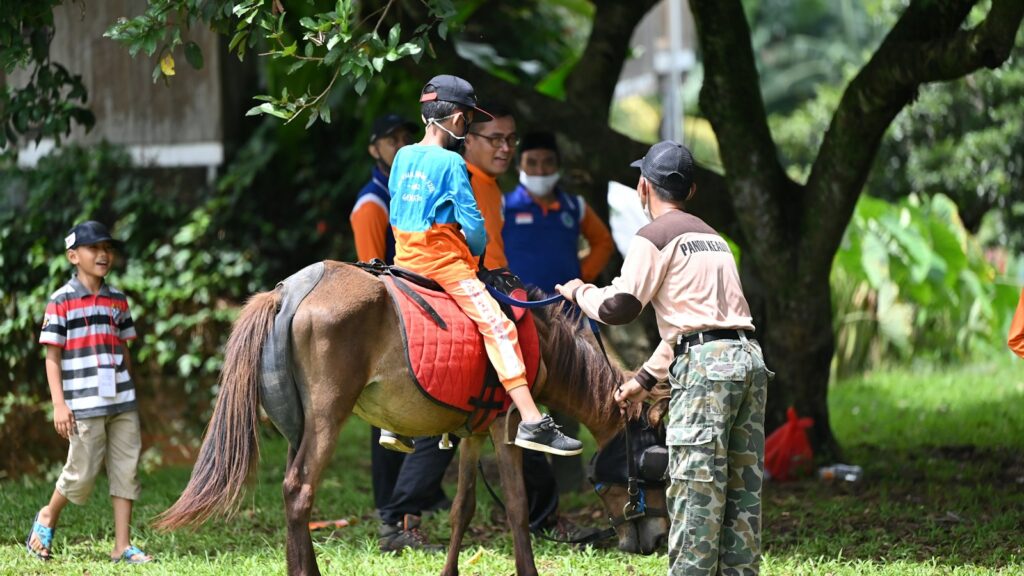
Training for veterinary handling isn’t a one-time accomplishment but rather an ongoing process requiring regular maintenance and reinforcement. Schedule brief practice sessions weekly even after your horse shows reliable acceptance, preventing the deterioration of learned behaviors that commonly occurs without reinforcement. Periodically introduce novel elements to your simulations – different handlers, new locations, or slightly modified procedures – helping your horse generalize its training to varied circumstances. Consider creating a veterinary handling “refresher” calendar that ensures comprehensive practice of all potential procedures throughout the year. Especially focus on maintaining skills for seasonal procedures like vaccinations or procedures your horse finds particularly challenging. This consistent approach prevents the need to restart training from scratch and ensures your horse remains comfortable with handling regardless of how much time passes between actual veterinary visits.
Handling Emergency Situations
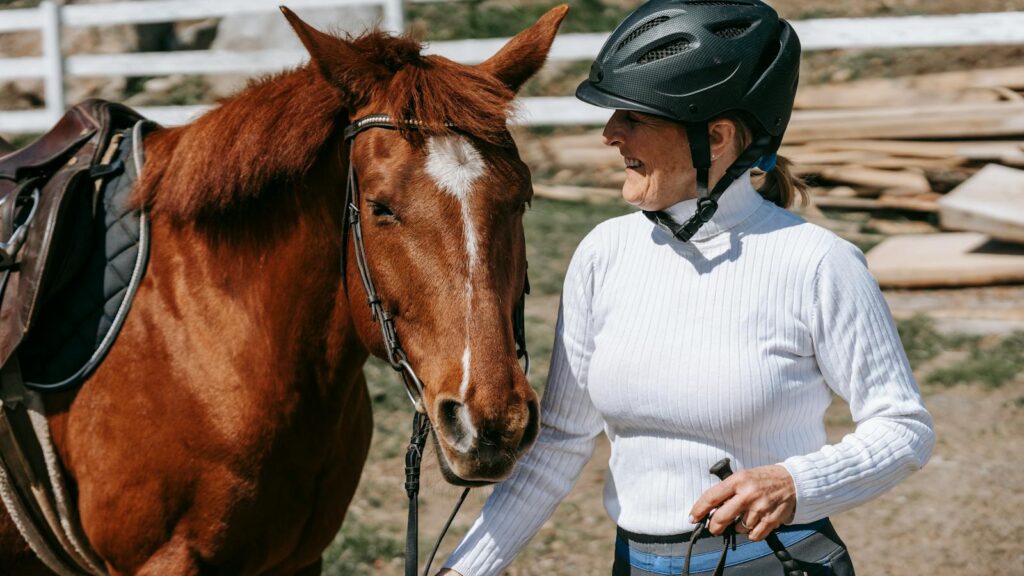
Despite thorough preparation, emergency situations may require veterinary procedures before complete training is accomplished. Develop an emergency handling plan that includes specific approaches for your horse’s particular sensitivities and behaviors. Consider teaching your horse to accept emergency restraint methods like a shoulder twitch or lip chain in advance, using positive reinforcement to create neutral or positive associations with these tools. Prepare an emergency kit containing familiar items your horse has been desensitized to, such as a specific halter used during training or comfort items that help maintain calmness. Establish clear signals and commands that communicate your expectations to your horse even in high-stress situations. Remember that safety takes precedence in emergencies – sometimes procedural efficiency must be prioritized over emotional comfort, making prior training all the more valuable for minimizing trauma during critical interventions.
Training Horses for Veterinary Handling
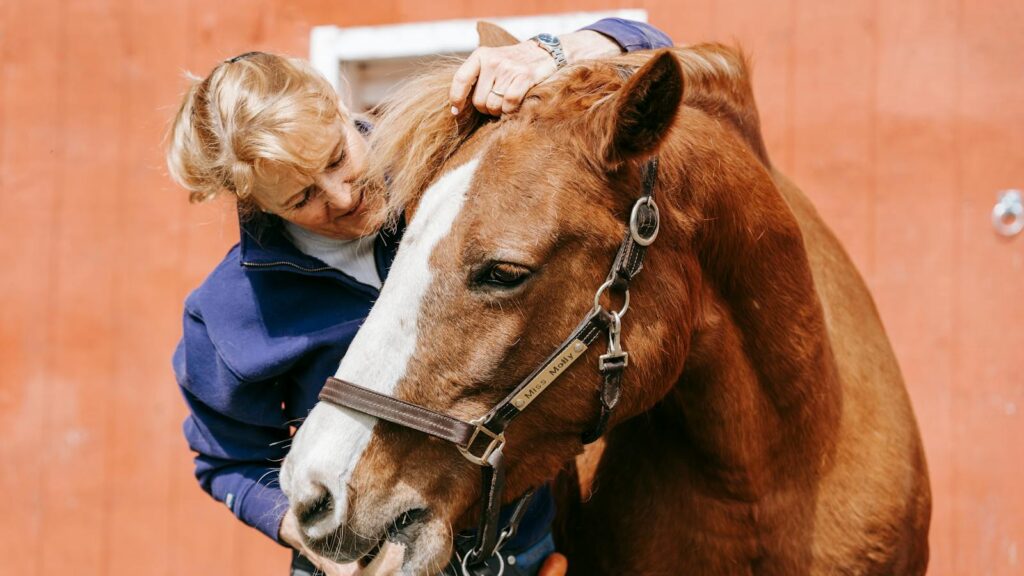
By systematically implementing these training approaches, you transform potentially stressful veterinary experiences into manageable interactions for your horse. This investment not only facilitates necessary healthcare but also strengthens the trust relationship between you and your equine partner. As handling becomes routine, you’ll notice your horse displaying increased confidence during veterinary visits, making examinations safer and more effective. Remember that patience and consistency yield the best results – celebrate small victories and view setbacks as information rather than failures. Your efforts to train your horse for veterinary handling represent responsible stewardship that ensures optimal healthcare throughout your horse’s life, ultimately contributing to its wellbeing and longevity.

